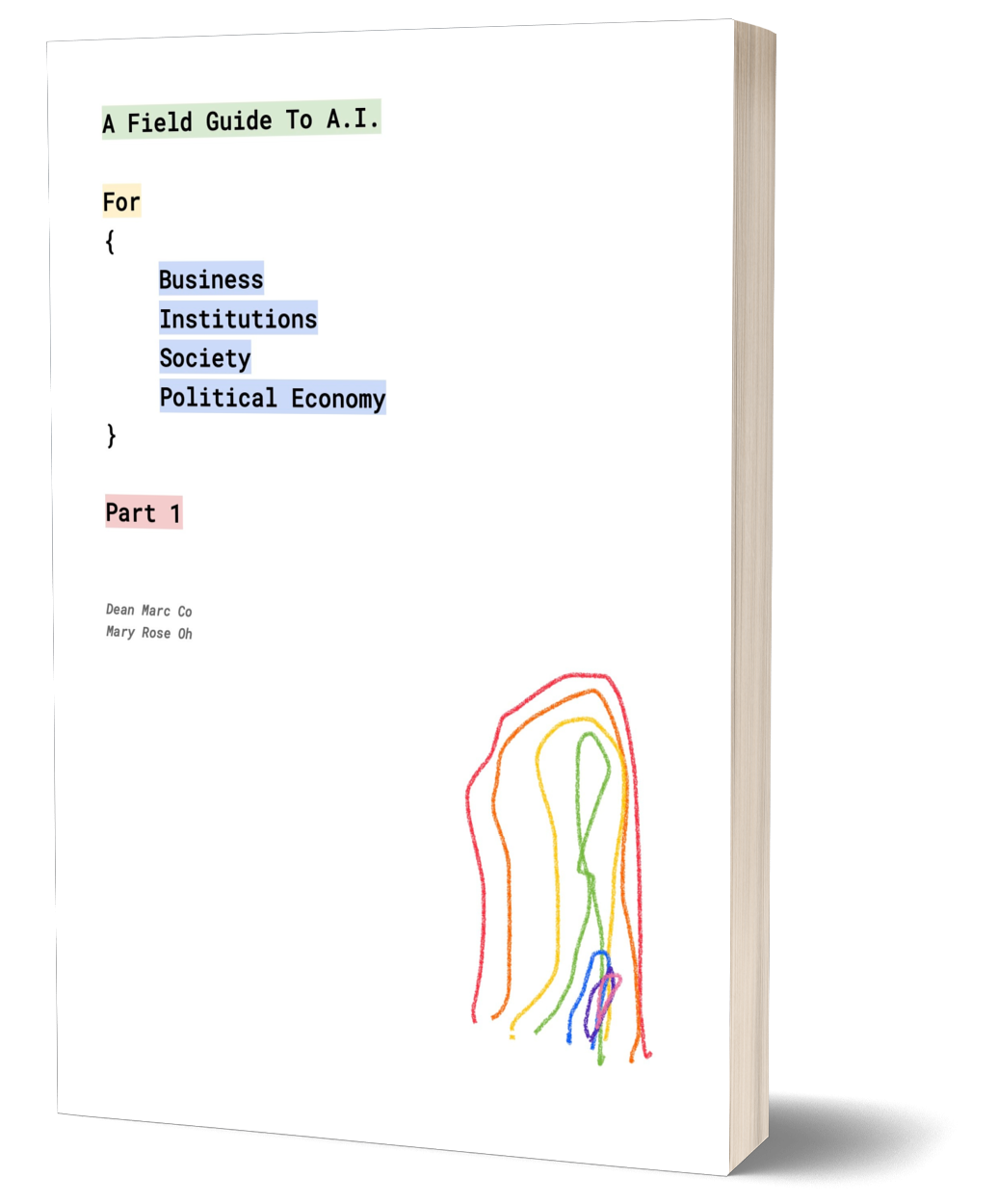Training large AI models and systems require vast amounts of data. Data sources can be both publicly available and privately held information.
Publicly available data sources.
Text corpora.
Large collections of text, such as Wikipedia, Project Gutenberg, Common Crawl, and the Books Corpus, are used to train natural language processing models.
Image datasets.
ImageNet, COCO, Open Images, and CIFAR are popular datasets for training computer vision models.
From our partners:
Audio datasets.
LibriSpeech, VoxCeleb, and AudioSet are examples of datasets used to train speech recognition and audio analysis models.
Tabular datasets.
UCI Machine Learning Repository, Kaggle, and the World Bank’s Open Data provide structured datasets for various machine learning tasks.
Social media data.

Publicly available data from Twitter, Reddit, or Facebook can be used for sentiment analysis, trend detection, and other NLP tasks.
Government and public organisation datasets.
Many governments and public organisations, like the US Census Bureau, the European Union Open Data Portal, and the World Health Organization, provide datasets in areas like demographics, health, and economics.
Privately held data sources.
Proprietary datasets.
Companies may have access to large, proprietary datasets that are not publicly available, such as customer data, transaction data, or user behaviour data. These datasets can be used to train AI models for specific applications, like recommendation systems or fraud detection.
Web scraping.
Businesses may use web scraping to gather data from websites for various purposes, such as price comparison, sentiment analysis, or competitive analysis.
Sensor data.

IoT devices, wearables, and industrial equipment generate large amounts of sensor data, which can be used to train AI models for predictive maintenance, anomaly detection, and optimization tasks.
Third-party data providers.
Companies can purchase datasets from specialised data providers, such as Nielsen for consumer behaviour data or Orbital Insight for geospatial data.
Data partnerships and collaborations.
Businesses and research institutions may collaborate to share data, combining their resources to create larger, more diverse datasets for AI model training.
It is important to note that when using both publicly available and privately held data sources, ethical and legal considerations should be taken into account, such as data privacy regulations , intellectual property rights , and informed consent from data subjects.
For enquiries, product placements, sponsorships, and collaborations, connect with us at [email protected]. We'd love to hear from you!
Our humans need coffee too! Your support is highly appreciated, thank you!

